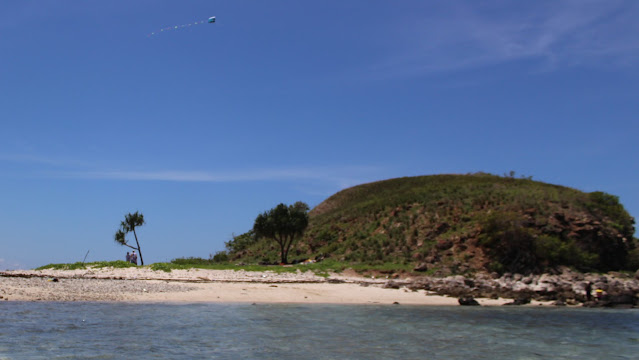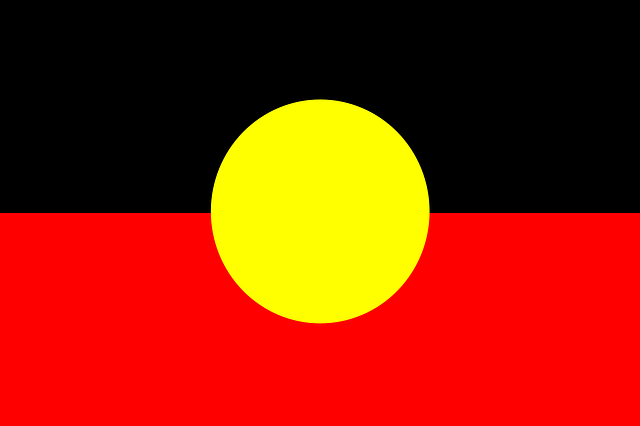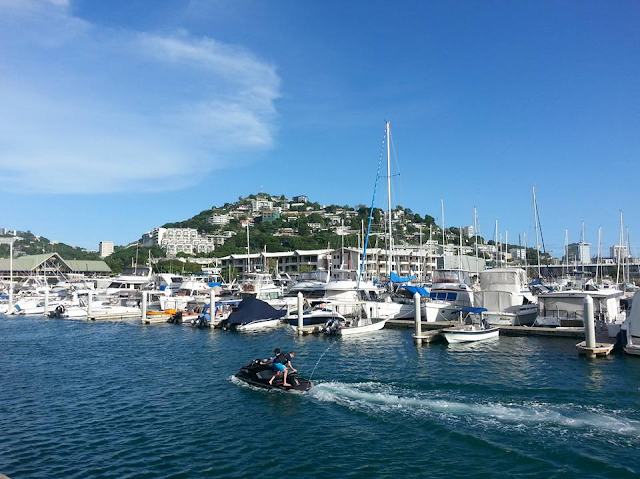Australia is home to diverse indigenous cultures, with Aboriginal and Torres Strait Islanders being two distinct (original) groups. While both groups have a shared history and connection to the land, they have unique cultural identities and origins.
___
In this article, we find out the differences between Aboriginal and Torres Strait Islander peoples, highlighting their cultural beliefs, flags, special events, and notable figures. Also, we will explore their relationship with Papua New Guinea (PNG), as these two indigenous groups have historical connections with the neighbouring country.
(Read about Papua New Guinea and Australia's strong bond fostered during the WW II era, and by the Kokoda Trail and Bomana War Cemetry (at the present day)
Difference between Aboriginal and Torres Strait Islanders
Aboriginal Australians are the indigenous peoples of mainland Australia and Tasmania. They arrived on the continent over 40,000 years ago and consist of numerous distinct groups spread across the country.
On the other hand, Torres Strait Islanders are the indigenous peoples of the Torres Strait Islands, located north of Australia. They have Melanesian and Papua New Guinean ancestry and have a distinct cultural heritage influenced by their seafaring traditions and trade with neighbouring islands.
Both Aboriginal and Torres Strait Islander peoples have historical connections with Papua New Guinea. The Torres Strait Islands, where Torres Strait Islanders originate, are situated between Queensland and Papua New Guinea. The islands have served as a meeting point for trade, cultural exchange, and migration between Torres Strait Islanders and the indigenous people of Papua New Guinea, the Kiwais.
The Aboriginal Flag and Torres Strait Islander Flag
The Aboriginal flag is a powerful symbol of Aboriginal identity and unity. It features three horizontal stripes of equal width:
- black represents the Aboriginal people,
- red symbolises the land and spirituality, and
- yellow represents the sun and life-giving force.
Similarly, the Torres Strait Islander flag represents the Torres Strait Islander people and their unique cultural heritage. Designed by Bernard Namok, the flag consists of three main colours:
- green, symbolizing the land,
- blue, representing the surrounding waters, and
- black, signifying the community.
Aboriginal and Torres Strait Islander Children's Day - August 4th
Aboriginal and Torres Strait Islander Children's Day is an annual celebration that focuses on promoting the rights, well-being, and cultural identity of Indigenous children in Australia.
Celebrated on August 4th each year, this day highlights the unique strengths and contributions of Aboriginal and Torres Strait Islander children. It provides an opportunity to create a nurturing environment where their voices, stories, and cultural heritage are respected and valued.
Distinct Relationship between Aboriginal, Torres Strait Islanders and the Kiwais
Aboriginal and Torres Strait Islander peoples are distinct indigenous groups in Australia, each with their own cultural identities, beliefs, and historical connections.
While Aboriginal Australians are the original inhabitants of mainland Australia, Torres Strait Islanders have ancestral ties to the Torres Strait Islands and the Kiwais of Papua New Guinea.
Exploring these differences and connections helps foster a deeper understanding and appreciation of Australia's indigenous cultures and their relationship with Papua New Guinea.
FAQs: Relationship between Aboriginal and Torres Strait Islander Peoples and Papua New Guinea
Q1: What is the historical relationship between Aboriginal and Torres Strait Islander peoples and Papua New Guinea?
A1: Aboriginal and Torres Strait Islander peoples have historical connections with Papua New Guinea due to their geographical proximity. The Torres Strait Islands, home to Torres Strait Islanders, are located between Queensland (Australia) and Papua New Guinea. Trade, cultural exchange, and migration have occurred between these indigenous groups and the indigenous people of Papua New Guinea.
Q2: How did the connections between Aboriginal and Torres Strait Islander peoples and Papua New Guinea influence their cultures?
A2: The cultural connections between Aboriginal and Torres Strait Islander peoples and Papua New Guinea have influenced their respective cultural practices. Torres Strait Islanders, with Melanesian and Papua New Guinean ancestry, have cultural elements that reflect these influences. The trade networks and shared traditions have contributed to the diverse cultural heritage of both indigenous groups.
Q3: Are there linguistic connections between Aboriginal and Torres Strait Islander languages and Papua New Guinea?
A3: While there are no direct linguistic connections between Aboriginal and Torres Strait Islander languages and the languages of Papua New Guinea, the shared cultural interactions have influenced certain aspects of their languages. The Torres Strait Islander languages, such as Kala Lagaw Ya and Meriam Mir, have some similarities with the languages spoken in Papua New Guinea due to historical connections and contact.
Q4: Are there ongoing cultural exchanges or collaborations between Aboriginal and Torres Strait Islander peoples and Papua New Guinea?
A4: Yes, there are ongoing cultural exchanges and collaborations between Aboriginal and Torres Strait Islander peoples and Papua New Guinea. These initiatives aim to foster cultural understanding, promote shared heritage, and strengthen relationships between the indigenous communities of both countries. Festivals, arts programs, and cultural events provide platforms for cultural exchange and celebration.
Q5: How does the relationship between Aboriginal and Torres Strait Islander peoples and Papua New Guinea contribute to the cultural diversity of Australia?
A5: The relationship between Aboriginal and Torres Strait Islander peoples and Papua New Guinea enriches the cultural diversity of Australia. The historical connections, trade networks, and shared cultural practices have influenced the traditions, art, music, and stories of both indigenous groups. This cultural diversity enhances Australia's multicultural fabric and promotes intercultural understanding and appreciation.






